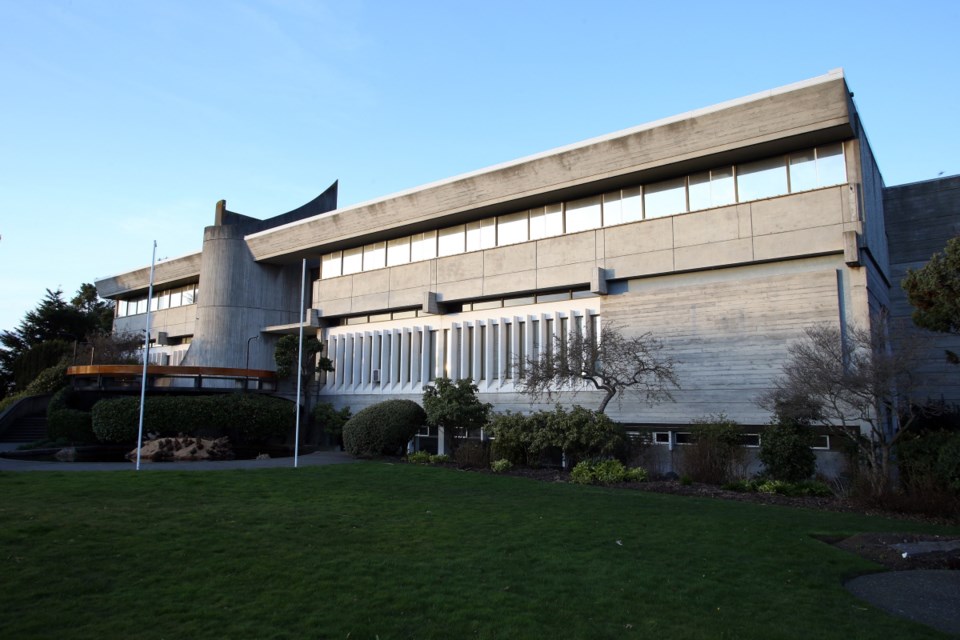A “no” decision in the referendum to study the amalgamation of Victoria and Saanich could sound the death knell for the lobby group Amalgamation Yes, the group’s chairwoman said.
“If people vote ‘no,’ I will be making a recommendation at the board table for Amalgamation Yes to dissolve the organization because the citizens will have had their say,” said Amalgamation Yes chairwoman Shellie Gudgeon.
“Then I don’t think it should be revisited for another decade. Because if the citizens of the two largest municipalities say no, then the citizens have had their say. That’s all we’ve ever advocated,” she said.
The proposal to strike a citizens’ assembly to study amalgamation of Victoria and Saanich is just a small step that, if successful, might well encourage other municipalities to follow, said Gudgeon, a former Victoria councillor.
Residents of Victoria and Saanich will be asked in Saturday’s municipal election to vote yes or no to the question:
“Are you in favour of spending up to $250,000 for establishing a Citizens’ Assembly to explore the costs, benefits and disadvantages of the amalgamation between the District of Saanich and the City of Victoria?”
Gudgeon notes that the question is “the closest we’ve ever been to looking at how we govern ourselves in the capital region.”
“This would take a really serious good look. The best decisions are made when bottom up meets top down. So if a citizens assembly comes up with some recommendations and we receive some leadership from the province, this could be a game changer,” she said.
While some might wonder of the value of just two of 13 municipalities exploring amalgamation, Gudgeon notes that with Victoria and Saanich, the two largest municipalities in the region, there are two willing participants. And, she said, if residents of Saanich and Victoria vote yes, others might one day follow.
“It will only be a matter of time if this moves forward. Once a study and the recommendations come out, if they recommend pursuing amalgamation, if the citizens assembly recommends pursuing amalgamation, Oak Bay and Esquimalt, I believe, will want to come to the table,” she said.
‚ÄúThey will want to get involved and learn more about what a core municipality will look like.‚Äù This is a very small incremental step that we‚Äôre taking that maybe 20¬Ýyears down the line might make a difference, Gudgeon said.
It’s significant that the combined population of Saanich and Victoria is 225,000, in a region with a total population of 348,000, she said.
A study will propel the debate into the area of fact, not emotion, she said.
In the 2014 municipal election, eight of 13 capital region municipalities put some sort of question about amalgamation on the ballot.
Victoria residents voted 80 per cent in favour when asked: “Are you in favour of reducing the number of municipalities in Greater Victoria through amalgamation?”
Saanich residents voted 88.5¬Ýper cent in favour when asked: ‚ÄúDo you support council initiating a community-based review of governance structures and policies with Saanich and our partnerships within the region?‚Äù
Saanich followed up by establishing a citizen advisory committee, which made several recommendations, including calling on the province to fund a citizens assembly on amalgamation with interested municipalities holding a referendum on the possibility.
Victoria also passed a resolution asking the province to establish and fund a citizens assembly to investigate amalgamation with willing municipalities.
A referendum on amalgamation between Duncan and North Cowichan was held in June, after a citizens-assembly study and report. While voters in North Cowichan voted 59 per cent to amalgamate with their southern neighbour, in Duncan, 68 per cent of voters were against the initiative, killing the idea.



